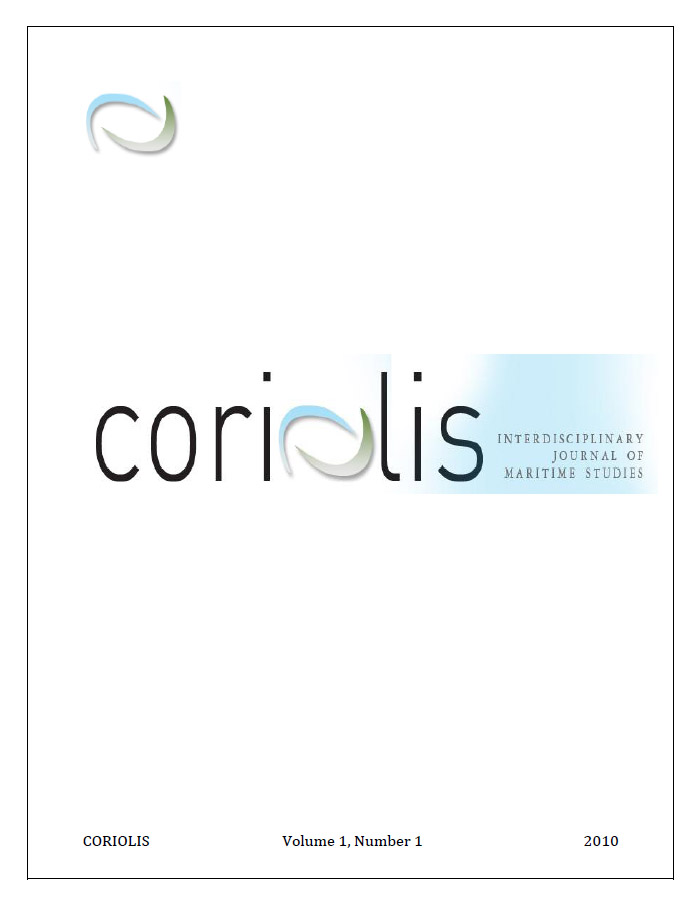“Providence Brings to our Doors, the Delicious Treasures of the Sea”: Household Use of Maritime Resources in 18th-Century Connecticut
Abstract
Many families in 18th-century Connecticut combined farming and maritime activities in their household economies. While they raised crops and livestock, they also caught fish, harvested shellfish, and hunted waterfowl and game animals in the rivers and along the coastline. Families made salt by boiling seawater in large kettles, used seaweed for fertilizer and insulation, and burned shells to extract lime to make building mortar. Much of this work was done by sharing labor, equipment and boats among family and neighbors. Simple boats, such as dugout canoes and scows, were commonly used. This paper uses archaeological data from five house sites excavated in Connecticut, and a variety of documentary sources, such as probate records, diaries, journals, and newspapers, to reconstruct historic household use of maritime resources.Downloads
Issue
Section
Articles

